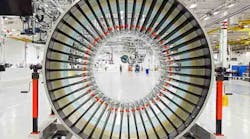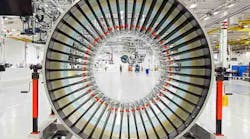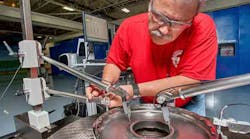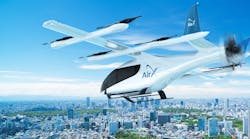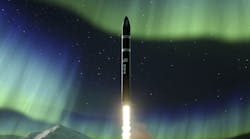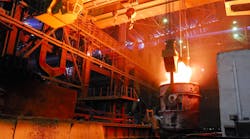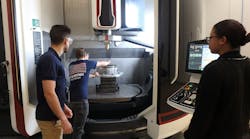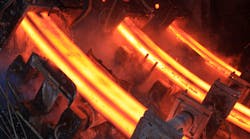Jet engine builder Pratt & Whitney reported it has entered into almost 200 long-term agreements with supplier companies, involving a projected spend of over $18 billion. It said the contracted suppliers, who are companies from all around the world, would help P&W in its planned doubling of engine production by 2020.
"To succeed in today's manufacturing ecosystem, we work with and rely on our suppliers to produce every part at affordable costs, on-time and in compliance with all of our quality, performance and compliance specifications," said Dave Emmerling, Pratt & Whitney’s v.p. - Strategic Sourcing. "Our supply chain team, manufacturing experts, and engineers are working closely with our suppliers to ensure they have the manufacturing technology and tools in place to increase engine production.
“This helps our suppliers to become more competitive across their customer bases,” Emmerling continued.
While it did not list any of the suppliers, the manufacturer said the companies are under contract to provide parts and components for P&W's large engine business, which includes the PurePower® PW1000G family of engines, the F135 military engine, and Pratt & Whitney Canada's engines, such as the PurePower PW800.
"In the 21st century community of global manufacturing, the aerospace industry views job creation and economic success from the holistic perspective of being one 'ecosystem' – as our workload increases during our ramp in production, it increases for our suppliers as well. In turn, this allows our suppliers to invest in facilities and talent," said Sergio Loureiro, v.p.-Global Supply Chain.
Emmerling added that P&W also invests in higher education institutions to ensure it has a pool of highly skilled workers and candidates who are sufficiently trained to meet the demands and efforts required to design and build commercial and military jet engines.
"We team with our suppliers and partners to make those parts which they are best equipped to produce, while we focus on making our highly advanced proprietary components in-house,” Loureiro continued. “Our approach to sourcing parts is balanced and includes analysis of numerous elements of evaluation, including manufacturing capability and special-processes expertise, while considering the overall skill base at each supplier / partner."
